Fast Onion Growing Method: Get a Bumper Crop in Record Time!
Have you ever dreamt of harvesting plump, juicy onions from your own garden, but felt intimidated by the seemingly long wait? Well, I have great news! Forget the lengthy growing seasons; I’m going to share my Fast Onion Growing Method, a collection of simple yet effective DIY tricks that will help you get a bumper crop in record time. This isn’t just about speed; it’s about maximizing your yield and enjoying fresh, homegrown onions sooner than you ever thought possible.
Gardening, and particularly onion cultivation, has a rich history, woven into the fabric of many cultures. From ancient civilizations relying on onions for sustenance and medicine to their modern-day presence in countless cuisines, onions hold a special place in our culinary heritage. But let’s be honest, waiting months for a harvest can be frustrating! That’s why mastering a Fast Onion Growing Method is so crucial for the modern gardener.
Why should you care about this Fast Onion Growing Method? Because fresh, homegrown onions are simply unparalleled in flavor and quality. They’re far superior to store-bought onions, boasting a vibrant taste and crisp texture that will elevate your dishes. Plus, knowing exactly where your food comes from and how it’s grown offers a sense of satisfaction and control that’s hard to beat. This DIY approach allows you to bypass pesticides and genetically modified organisms, ensuring a healthier and more sustainable option for your family.
In this article, I’ll reveal my secrets to accelerating onion growth, from seed selection and soil preparation to clever planting techniques and essential care tips. Get ready to experience the joy of a quick and bountiful onion harvest using my proven Fast Onion Growing Method!
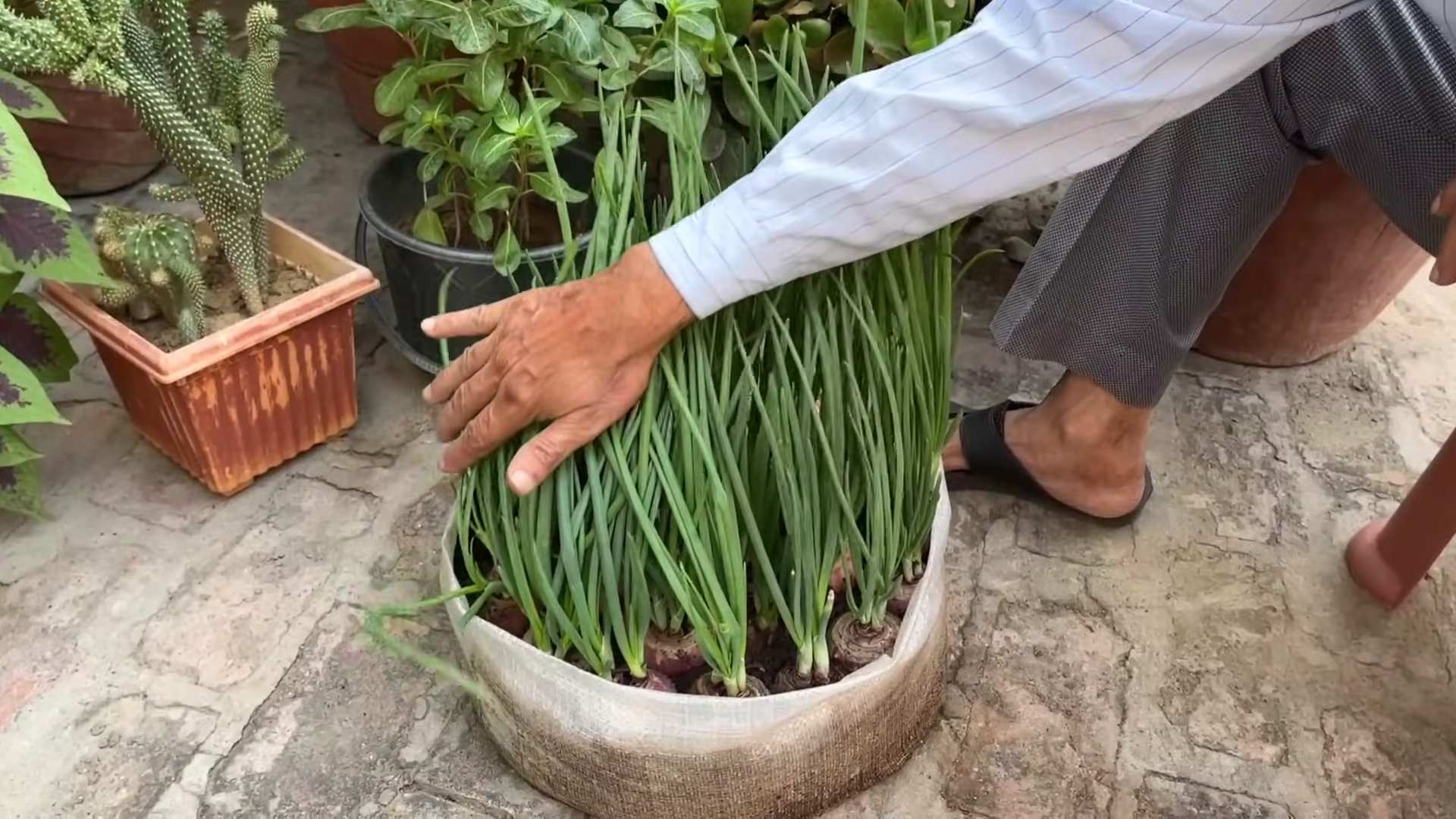
The Fastest Way I’ve Found to Grow Onions From Seed
I’ve always loved the taste of homegrown onions, but waiting months for them to mature felt like forever. So I experimented, and I’m thrilled to share my accelerated onion-growing method with you! This technique focuses on maximizing growth speed through careful planning and consistent care. It’s not magic, but it’ll significantly reduce your wait time.
Phase 1: Preparation – Setting the Stage for Speedy Growth
- Choose the right onion variety: Not all onion varieties are created equal. Look for fast-maturing varieties specifically designed for short growing seasons. Check seed packets for estimated days to maturity – aim for varieties that mature in under 100 days. Short-day onions are generally faster than long-day onions.
- Start seeds indoors: This gives your onions a head start. Starting indoors 6-8 weeks before the last expected frost in your area is ideal. This allows the seedlings to develop a strong root system before transplanting outdoors.
- Select the perfect growing medium: Use a seed-starting mix, not garden soil. Seed-starting mixes are lighter, drain better, and provide optimal aeration for young roots. Avoid using heavy clay soils, as they can hinder root development.
- Prepare your containers: Use small seed trays or individual pots (at least 2 inches deep). Ensure they have drainage holes to prevent waterlogging, which can kill seedlings.
- Gather your tools: You’ll need seed trays or pots, seed-starting mix, a watering can with a rose head, a small trowel or spoon, and of course, your onion seeds!
Phase 2: Sowing the Seeds – Getting Those Onions Growing
- Fill your seed trays or pots with the seed-starting mix, leaving about ½ inch of space from the top.
- Gently moisten the mix. Don’t over-saturate; the mix should be damp, not soggy. You should be able to squeeze a handful and have it hold its shape without dripping water.
- Sow the onion seeds according to the packet instructions. Generally, you’ll want to sow them about ¼ inch deep and about 1 inch apart. If using a seed tray, sow multiple seeds per cell.
- Lightly cover the seeds with the seed-starting mix. Don’t bury them too deep; they need light to germinate.
- Gently water the seeds again using a gentle spray from your watering can. Avoid dislodging the seeds.
- Place the trays or pots in a warm, sunny location. A sunny windowsill is perfect. Maintain a temperature between 65-75°F (18-24°C) for optimal germination.
- Keep the soil consistently moist but not waterlogged. Check the moisture level daily and water as needed. Allow the top inch of soil to dry slightly between waterings.
Phase 3: Seedling Care – Nurturing Your Young Onions
- Thinning: Once the seedlings have developed their first true leaves (the leaves after the initial seed leaves), thin them out. If you’ve sown multiple seeds per cell, leave only the strongest seedling in each cell. If you’ve sown seeds directly into individual pots, you can skip this step.
- Light: Ensure your seedlings receive at least 6-8 hours of sunlight daily. If natural light is insufficient, supplement with grow lights. This is crucial for strong, healthy growth.
- Fertilizing: Once the seedlings have several true leaves, start fertilizing them weekly with a diluted liquid fertilizer specifically formulated for vegetables. Follow the instructions on the fertilizer packaging carefully. Over-fertilizing can harm your seedlings.
- Hardening off: Before transplanting outdoors, gradually acclimate your seedlings to outdoor conditions. This process, called hardening off, reduces transplant shock. Start by placing them outdoors for a few hours each day, gradually increasing the time over a week. Protect them from direct sunlight and strong winds during this period.
Phase 4: Transplanting and Outdoor Care – The Final Stretch
- Prepare the garden bed: Choose a sunny location with well-drained soil. Amend the soil with compost to improve its structure and fertility. Onions prefer slightly acidic soil (pH 6.0-6.8).
- Transplant: Once the danger of frost has passed and the soil has warmed up, transplant your seedlings into the garden bed. Space them according to the variety’s instructions (usually 4-6 inches apart). Plant them at the same depth they were growing in their pots.
- Watering: Water regularly, especially during dry periods. Consistent moisture is essential for optimal growth. Avoid overwatering, which can lead to root rot.
- Weed control: Keep the area around your onions free of weeds, which compete for nutrients and water.
- Pest and disease control: Monitor your onions for pests and diseases. Take appropriate action if necessary. Prevention is key; ensure good air circulation and avoid overhead watering.
- Harvesting: Harvest your onions when the tops begin to fall over and the bulbs feel firm. Usually, this happens around the time indicated on the seed packet. Cure them by allowing them to dry in a well-ventilated area for a few weeks before storing.
Important Note:
This method focuses on speed. For the absolute fastest results, consider using onion sets instead of seeds. Onion sets are small bulbs that are ready to plant directly into the ground. They will mature faster than seedlings grown from seed, but you will have less control over the variety and size of the onions.
Troubleshooting:
If your seedlings are leggy (tall and thin), they are likely not getting enough light. Increase the light exposure or use grow lights. If your seedlings are yellowing, they may be suffering from nutrient deficiency or overwatering. Adjust your watering and fertilization accordingly.
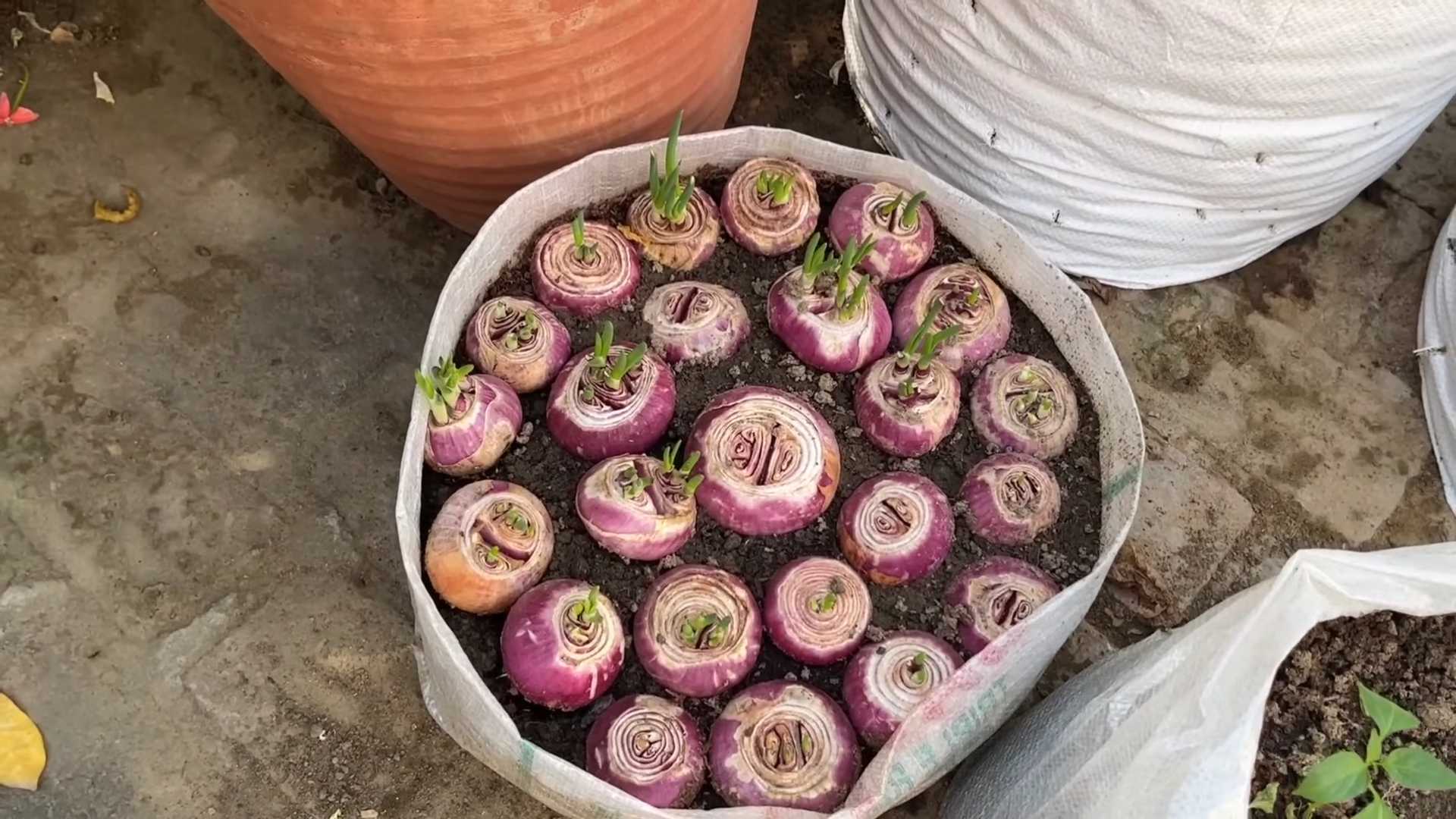
Conclusion
So there you have it – a foolproof method for achieving unbelievably fast onion growth! This DIY trick isn’t just about speed; it’s about maximizing your yield and enjoying fresh, homegrown onions sooner than you ever thought possible. By following these simple steps, you’ll bypass the long wait associated with traditional onion planting and harvest significantly earlier. This Fast Onion Growing Method offers a rewarding experience for both seasoned gardeners and enthusiastic beginners alike. The satisfaction of biting into a sweet, juicy onion you’ve nurtured from seed to harvest in record time is unparalleled. It’s a testament to the power of a little know-how and a dash of patience.
Beyond the core method, the possibilities for variation are endless. Experiment with different onion varieties to discover your favorites – some varieties are known for their faster growth rates than others. Consider using different types of containers, from simple plastic pots to repurposed buckets or even grow bags. The key is to ensure adequate drainage and sufficient sunlight. You can also adjust the frequency of watering based on your climate and the specific needs of your onions. In drier climates, more frequent watering might be necessary, while in wetter areas, you might need to adjust accordingly to prevent root rot. Don’t be afraid to get creative! Try incorporating this method into a larger vertical garden or even integrate it into your existing herb garden for a cohesive and productive space. The beauty of this technique lies in its adaptability.
We strongly encourage you to try this Fast Onion Growing Method and experience the joy of harvesting your own onions in a fraction of the usual time. Share your results with us! We’d love to see your thriving onion plants and hear about your experiences, both successes and challenges. Post your photos on social media using #FastOnionGrowth and tag us – let’s build a community of fast-growing onion enthusiasts! Remember, gardening is a journey of learning and experimentation, and this method provides a fantastic starting point for a bountiful harvest. The quicker growth translates to more opportunities to enjoy fresh onions throughout the growing season, adding a vibrant and flavorful element to your culinary creations. So grab your seeds, get your hands dirty, and prepare to be amazed by the speed and ease of this remarkable technique. Happy gardening!
Frequently Asked Questions
What type of onions are best suited for this fast-growing method?
While this method works well with most onion varieties, some are naturally faster-growing than others. Consider varieties known for their shorter maturation periods. Check seed packets or online resources for information on the specific growth times of different onion types. Experimenting with different varieties is part of the fun!
How much sunlight do onions need for optimal growth using this method?
Onions require at least six to eight hours of direct sunlight per day for optimal growth. Choose a location in your garden or on your patio that receives ample sunlight. If you’re growing onions indoors, ensure they are placed near a sunny window or under grow lights. Insufficient sunlight can lead to slower growth and weaker plants.
What should I do if my onions aren’t growing as quickly as expected?
Several factors can affect onion growth. Ensure your onions are receiving adequate sunlight, water, and nutrients. Check the soil for proper drainage – soggy soil can lead to root rot. If you’re using containers, make sure they have sufficient drainage holes. Consider adding a balanced fertilizer to provide essential nutrients. If problems persist, examine your plants for signs of pests or diseases and take appropriate action.
Can I use this method to grow onions year-round?
The feasibility of year-round onion growth using this method depends largely on your climate. In warmer climates, you might be able to grow onions year-round with minimal adjustments. In colder climates, you’ll likely need to grow onions indoors during the winter months using grow lights to supplement sunlight. Consider using a greenhouse or indoor grow setup for optimal results during colder periods.
What are the best types of containers to use for this fast onion growing method?
A wide variety of containers work well for this method. Choose containers with adequate drainage holes to prevent waterlogging. Plastic pots, grow bags, and even repurposed containers like buckets can be used successfully. The size of the container should be appropriate for the size of the onion plant; overcrowding can hinder growth. Ensure the containers are clean and free of any contaminants before planting.
Can I use this method with onion sets instead of seeds?
Yes, you can adapt this method to use onion sets. Onion sets are small, immature bulbs that are planted directly into the ground. The process is similar, but you’ll skip the seed-starting phase. Plant the onion sets according to the spacing recommendations on the packaging. The fast-growing principles still apply, leading to a quicker harvest compared to traditional methods. However, remember that the size of your final onion will be limited by the size of the set you plant.
What kind of soil is best for fast onion growth?
Onions thrive in well-drained, loose soil that is rich in organic matter. A slightly acidic soil pH (around 6.0-6.8) is ideal. You can amend your soil with compost or other organic materials to improve its structure and nutrient content. Ensure the soil is consistently moist but not waterlogged. Proper soil preparation is crucial for achieving fast and healthy onion growth. Avoid heavy clay soils, as they can retain too much water and hinder root development.

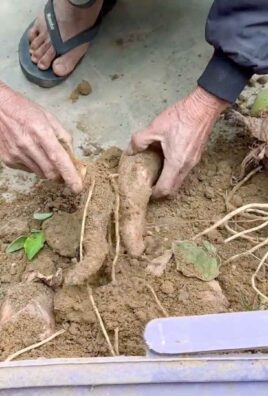
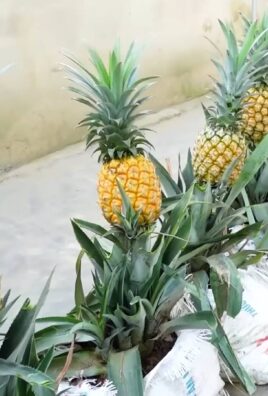
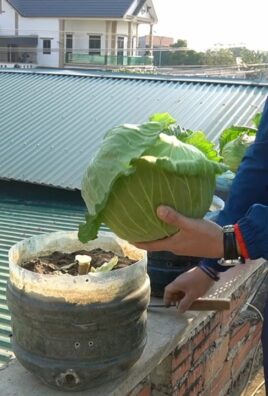
Leave a Comment